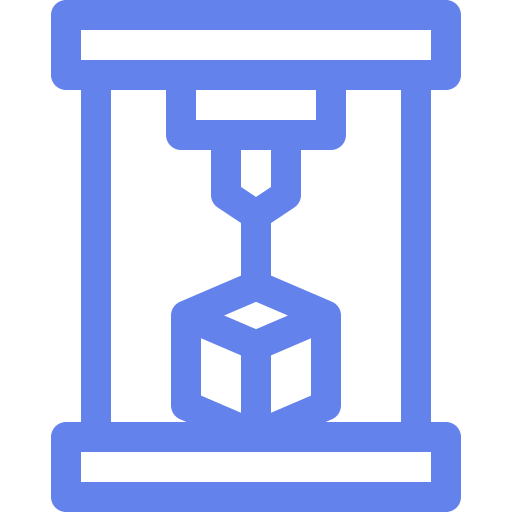

I have chosen all the different things in 3D printing than what you need. This is big picture.
Most 3d prints are not food safe, but I guess that’s no big deal for decorative cakes. It is possible to make food safe prints.
A resin printer will give smoother results for what I’ve seen but it is more messy with respect to material handling. This is probably what you should do in your case if you know you can handle less safe materials and ventilate correctly.
The most common 3D printers deposit molten plastic. These are less messy but will yield less details. You can endlessly tweak and modify them.
For modeling cartoon characters I would learn Blender.
From Blender export to Cura for slicing into layers and commands the printer understand. Others exist, I doubt Cura does resin printers.


No, I came into this for mechanical prints 7 years or so ago. I would expect there to be dedicated Blender fora where you can ask.
The slicer (such as Cura) will be fine. Your printer will likely come with some default settings which will be sufficient to get started.
Blender is the sculpting tool you will master. Cura is the oven. Baking is important, but the general art is in the mastery of the pottery tools.
Assuming this is all new, it is not a small thing to learn. Some are faster than others but becoming proficient may take months if it’s a side gig. It is really fun though. Blender will also allow you to make gorgeous renderings if you’d want but I would stay out of that if you really want to print things as it’s another deep and super interesting topic.
Good luck!